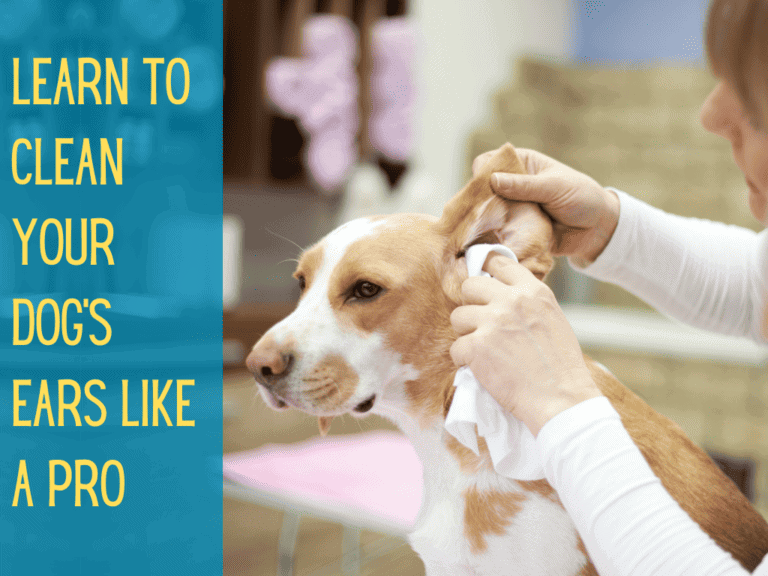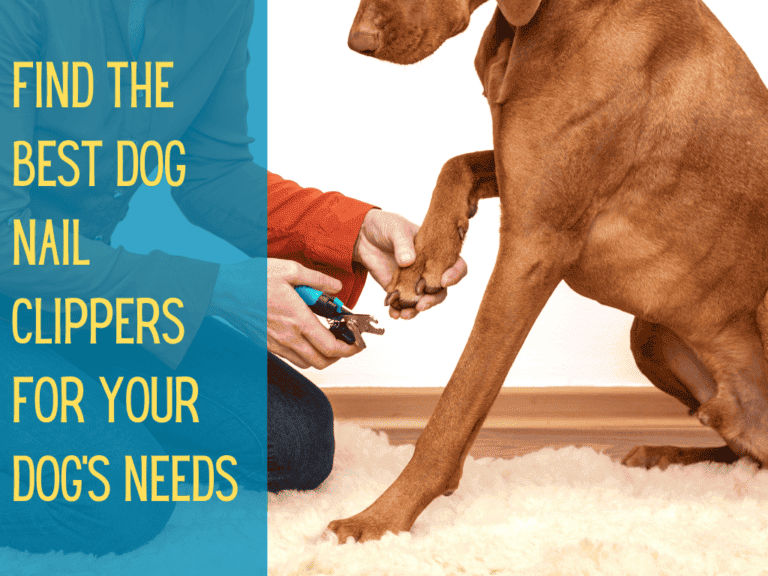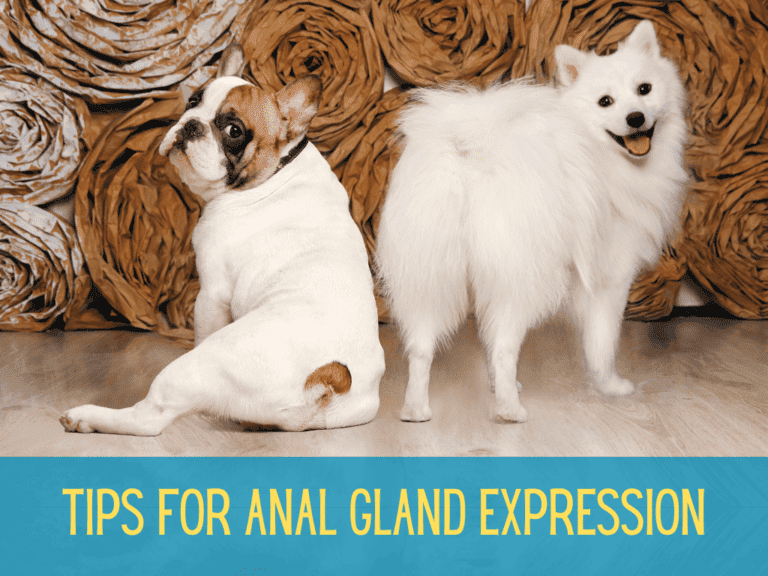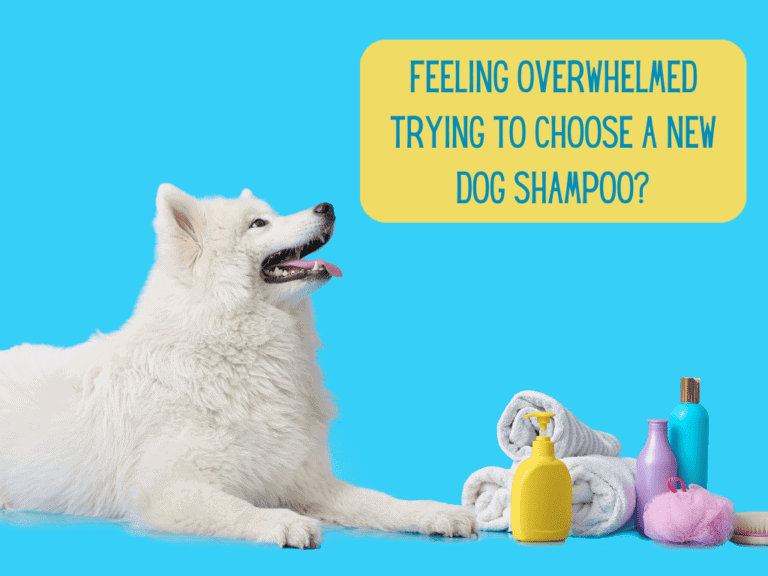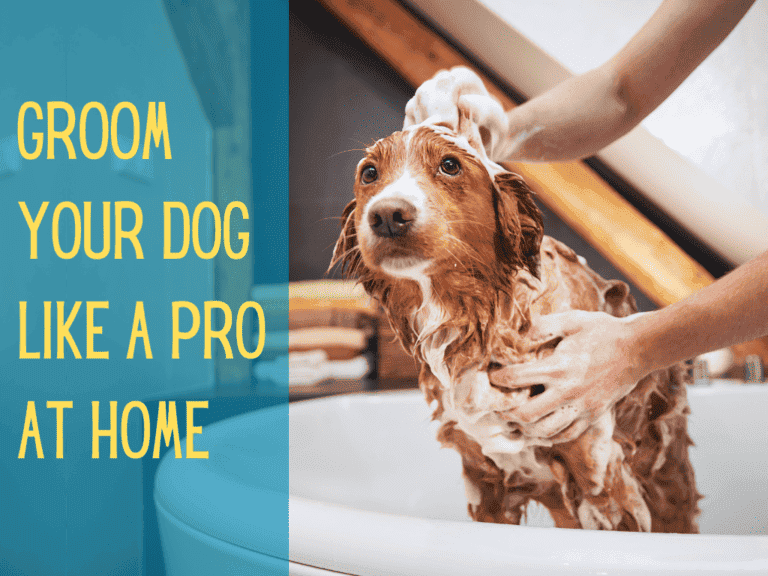How To Trim Dog Nails: 3 Safe and Effective Methods

Click-click-click!
You can hear Fluffy coming from a mile away with those long nails clicking on the ground.
You know what that means.
Time for a trim! Regular grooming isn’t just about bath time. Routine nail care is vital for your dog’s joints. Neglecting those nails can lead to posture problems and discomfort for your best friend.
Don’t want to take your pup to the groomer or vet for a simple nail trim? I get that and that’s what I’m here to help you with. Read on to learn how to trim dog nails safely and effectively in the comfort of your own home.
How to Trim Dog Nails
Trimming your dog’s nails at home is essential for their health and comfort. It prevents joint pain and improves posture. Let’s go over the three methods that anyone can do at home.
- Trim with nail clippers
- Trim with a nail grinder
- Use a Scratchboard
Let’s dive into my detailed walkthrough, which covers all aspects of nail trimming. You’ll learn how to handle your dog’s specific needs and use tools effectively, making the process smooth for you and your pup.

1. Gather Your Materials
Before diving into the nail-trimming process, ensure you have the following essentials on hand:
- Dog Nail Clippers: For that initial trim. Common nail clippers are scissor-type and guillotine-style clippers.
- Styptic Powder: An essential for accidental nicks to stop the bleeding.
- Treats: To reward and comfort your furry friend.
- Optional Nail Grinder: To achieve a smooth finish.
- Optional Muzzle: If your pup gets mouthy for nail trims, consider a muzzle.
These materials will ensure a smooth and safe nail trim session.

2. Examine the Nails
Begin by gently holding your dog’s paw. Examine the tip of the nail – the nail tip often curves like a hook. If you’re unsure about where to cut, reference the provided diagram.
Pro Tip: Be sure to have your styptic powder on hand if you cut the quick!
3. Trim the nails
Gradually cut the nail bit by bit. Avoid removing large portions at once. Cutting chunks of nail at a time is risky and can lead to cutting into the quick, which is painful for your dog. Trim until you notice the nail’s “pulp,” which is near the quick. This looks like a black dot inside of the nail.

4. Consider Grinding the Nails
Feeling apprehensive? If you’re leaning more toward grinding the nails, bypassing this trimming process is okay. Read on for guidelines on how to file dog nails.

5. Celebrate!
Celebrate each trimmed nail and give your dog treats and praise. It’s essential for your dog to correlate nail trimming with positivity. My personal practice? I reward my dogs with a treat for each nail we complete.
For those aiming to smoothen their dog’s nails post-trimming further, read on for detailed instructions.

How to Trim Dog Nails With a Nail Grinder
- Start by gently holding your dog’s paw and pressing on each toe, revealing the nail for a steady filing process.
- Lightly run the grinder over the nail’s end to round and smooth any sharp edges. Keeping the grinder moving is so important! Don’t let it grind over one spot for over three seconds to avoid overheating the nail. If your dog’s nails are still quite long, give the nail a break by moving on to the next nail and allowing it to cool off.
- For those with longer nails who bypassed the clipping step, the grinding might take a tad longer. Alternate between nails on different paws to manage nail temperature and give each a short break.
- Ensure you cover each nail, giving it the attention it requires for that polished finish.
- Reward your dog for their patience with a treat after each nail. They’ve earned it!
Advanced Tips for Nail Grinding
- Trying to fight the quick back? Lightly grind over the nail’s top surface for added exposure.
- Pay attention to the nail’s texture. As you approach the quick, a change in texture (a soft texture) is your cue to stop grinding.
- Accidentally grazing the quick is not a cause for panic. Your dog might experience sensitivity, but it’s typically not accompanied by pain. A minimal amount of bleeding might occur, but it’s usually quite minimal.

Using a Scratchboard for Dogs
A scratchboard can be a fun and stimulating nail-trimming activity for your dog. Here’s a step-by-step guide to teach your pup how to engage with it:
- Initiate Interest: Away from the scratchboard, begin by hiding a treat beneath a cloth or rag. Encourage your dog to use their paw (not their nose) to uncover the treat. Repeat this action until your dog consistently uses their paw to move the rag.
- Introduce the Board: Place the scratchboard on the ground. Now, set the treat on the board and cover it with the rag, as you did before. Ensure your dog continues using their paw, reinforcing this digging behavior.
- Raise the Stakes: Remove the rag, tilt the scratchboard slightly, and place the treat underneath. Your dog might attempt to retrieve the treat using its nose. However, hold off on rewarding until they interact using their paw, even if it’s a slight touch.
- Reinforcement: Whenever your dog touches the board with their paw, promptly say “yes!” and reward them by dropping a treat onto the board. This reinforcement helps the dog associate the behavior with a reward.
- Challenge and Wait: After several repetitions, be patient and see if your dog starts scratching or digging at the board. Every dog’s pace of learning varies. Some might begin digging instantly, while others might require a session or two to understand the game fully.
Join the Pack!
Sign up for my newsletter and fetch the latest tips, tricks, and industry insights straight to your inbox!
Choosing the Right Nail Clipping Method for Your Dog
When it comes to trimming your dog’s nails, you have four efficient methods at your disposal:
- Option 1: Clippers-only method. Swift and straightforward, this method might leave nails a bit sharp initially, though they’ll naturally round off with time.
- Option 2: Go directly for the grinder. Perfect for dogs with nails that are already short and well-maintained, this method offers a smooth finish in no time.
- Option 3: The combined approach. Start with clippers, and then use a grinder for that ultra-smooth finish. Especially ideal for those lengthy nails when you aim to get close to the quick without causing any discomfort.
- Option 4: When all else fails, and your dog gets too stressed for regular nail trims, consider the scratchboard method!
Get Your Dog Comfortable With the Nail Trimming Routine
Introducing nail clippers or a grinder to your dog isn’t just about the act of trimming. Creating a comfort zone around these tools with proper socialization is vital. To foster this sense of ease, consider using food rewards as an incentive—before, during, and after the nail trimming session.
Remember, this step is crucial whether you’re nurturing a young pup or managing an older dog who’s less than fond of nail trims.
If your dog seems too stressed and tends to panic when you get the clippers out, get some veterinary help and practice handling drills with your dog outside of nail trimming sessions. There’s no shame in considering a muzzle for them if they get mouthy!
Understanding Dog Nails
At the heart of every dog’s nail lies the “quick,” a cluster of blood vessels safeguarded by a robust, keratinized protein. The task for dog owners? Keeping those nails perfectly trimmed while ensuring the quick remains unharmed to avoid discomfort or bleeding.
For those with dogs sporting white nails, you’re in luck! The visibility of the quick simplifies the trimming process. On the other hand, those mysterious black nails, especially the thick ones, demand more caution.
Prolonged neglect can lead the quick to elongate, limiting how much you can trim. However, consistently cutting close to (but not into) the quick can gradually push it back, making future nail trims easier and safer.
In Summary
Navigating the world of dog nail trimming, whether through clippers, grinders, or a scratchboard, is an essential skill for every pet parent. Mastering these methods not only ensures your dog’s comfort and health but also strengthens the trust between you. Remember, patience and practice are your best friends in this journey, and with the right approach, you can make nail trimming a stress-free experience for both you and your dog.
As you become more adept at keeping your dog’s nails neatly trimmed, you’ll find peace of mind knowing you’re contributing to their overall well-being. Whether you prefer the precision of clippers, the grinder’s smoothness, or the scratchboard’s autonomy, the key is consistency and care.
Want to continue enhancing your dog care skills with more expert advice and practical tips? Subscribe to my newsletter for the latest insights, tutorials, and support to help you provide the best care for your beloved pet.
Join the Pack!
Sign up for my newsletter and fetch the latest tips, tricks, and industry insights straight to your inbox!

